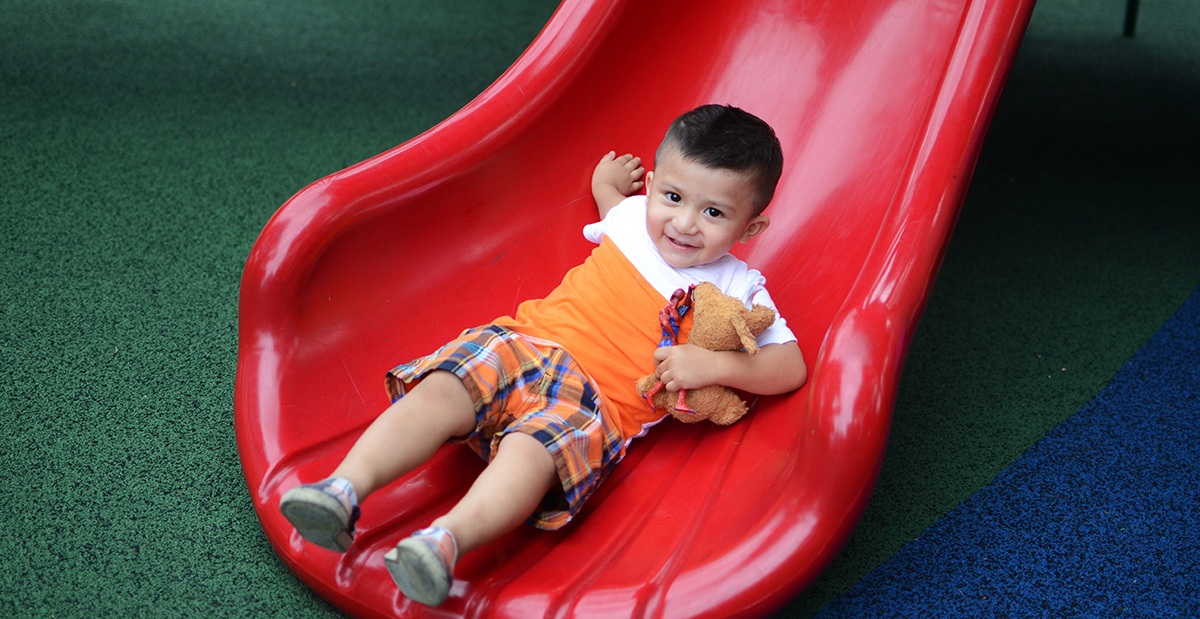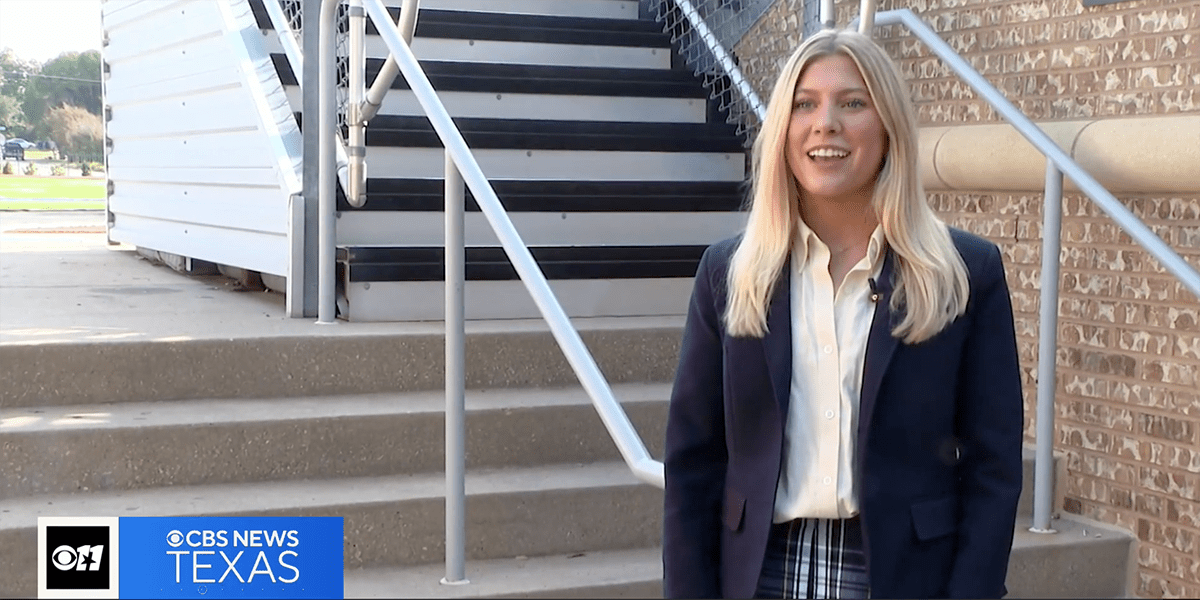Our team of pediatric orthopedic specialists in the Fracture Clinic understand that accidents happen. When your child gets injured, it can be scary, especially if the child is very young. It is important to understand common fractures, what to do and where to go if it happens to your child.
A fracture is a break in a bone. A toddler’s fracture is the name for a broken bone in the leg that typically occurs in children less than 3 years of age. A toddler’s fracture is a spiral fracture (break) in the tibia (the shin bone). It is considered a low energy break, and usually presents as a hairline (small) crack without significant damage to the bone or surrounding tissue.
As a nurse coordinator in the Scottish Rite for Children Fracture Clinic, Bonnie Ste. Marie, R.N., works closely with families when they come into the clinic. “We see this type of fracture often,” says Ste. Marie. “As a mom myself, I understand the concern of parents when this happens to their young child. It is important to me and the team to provide information every step of the way. This helps the child and parent feel comfortable and assured we provide the best care for each patient.”
How does a toddler’s fracture occur?
This type of fracture is the result of a twisting leg injury and typically occurs during a fall or going down a playground slide.
What are the signs and symptoms of a spiral tibia fracture?
- One of the first symptoms is that your child will refuse to put weight on the injured leg and will withdraw the foot by bending at the knee with attempts to stand or weight bear.
- Due to your child’s young age, it is difficult for them to communicate where the pain is coming from and they will often complain of pain in the entire lower leg or specifically point to the foot.
- Mild swelling to the lower leg or foot is possible but rare in most cases.
How is a toddler’s fracture diagnosed?
- History – You will give a detailed description of the activity that caused the injury.
- Physical Exam – A physical exam is performed, from the hips down to the feet. Typically, there is tenderness to touch in the tibia or shin bone area and pain with rotation of the lower leg. The hips and knees should be pain free and have full range of motion.
- Imaging – X-rays may be taken of the lower leg.
- In most cases, the fracture is very small, and the X-rays will show that the bone is still in place, or in normal alignment.
- In some cases, X-rays will not show any obvious fracture. This is called an occult fracture and is diagnosed during a physical exam.
What is the treatment for a toddler’s fracture?
The majority of these fractures are stable injuries and treatment is aimed at providing comfort and modifying activities. A hard cast is rarely necessary. Evidence shows that a walking boot and allowing the child to continue to walk as tolerated produces similar results to wearing a cast or splint but with fewer risks of complications. Children will generally wear the walking boot for around four weeks.
The Fracture Clinic in Frisco is open Monday – Friday from 7:30 a.m. to 4:30 p.m. The clinic accepts walk-in patients between 7:30 a.m. and 9:30 a.m.
Learn more about the Fracture Clinic.














